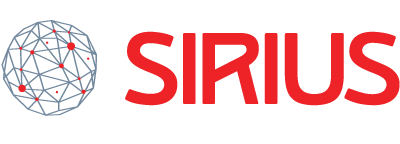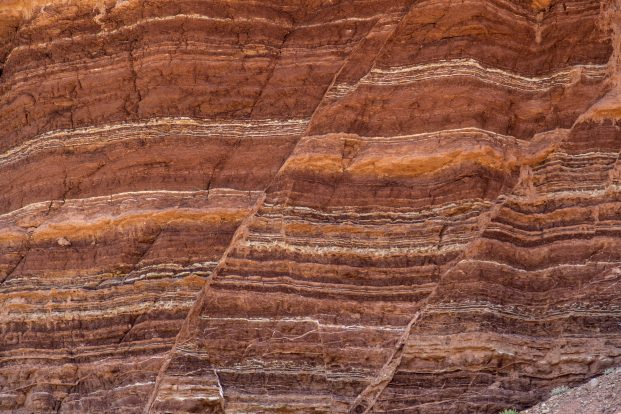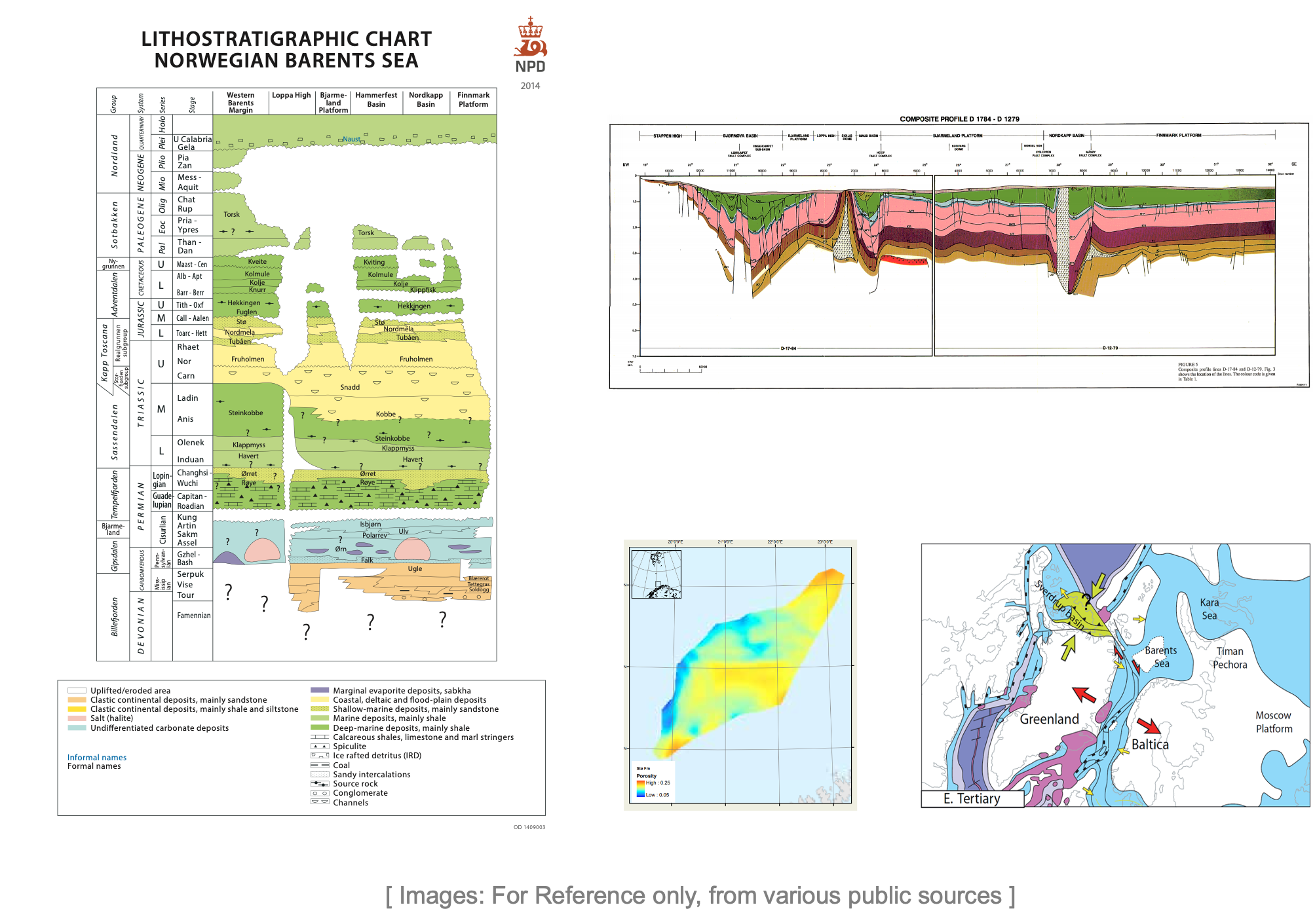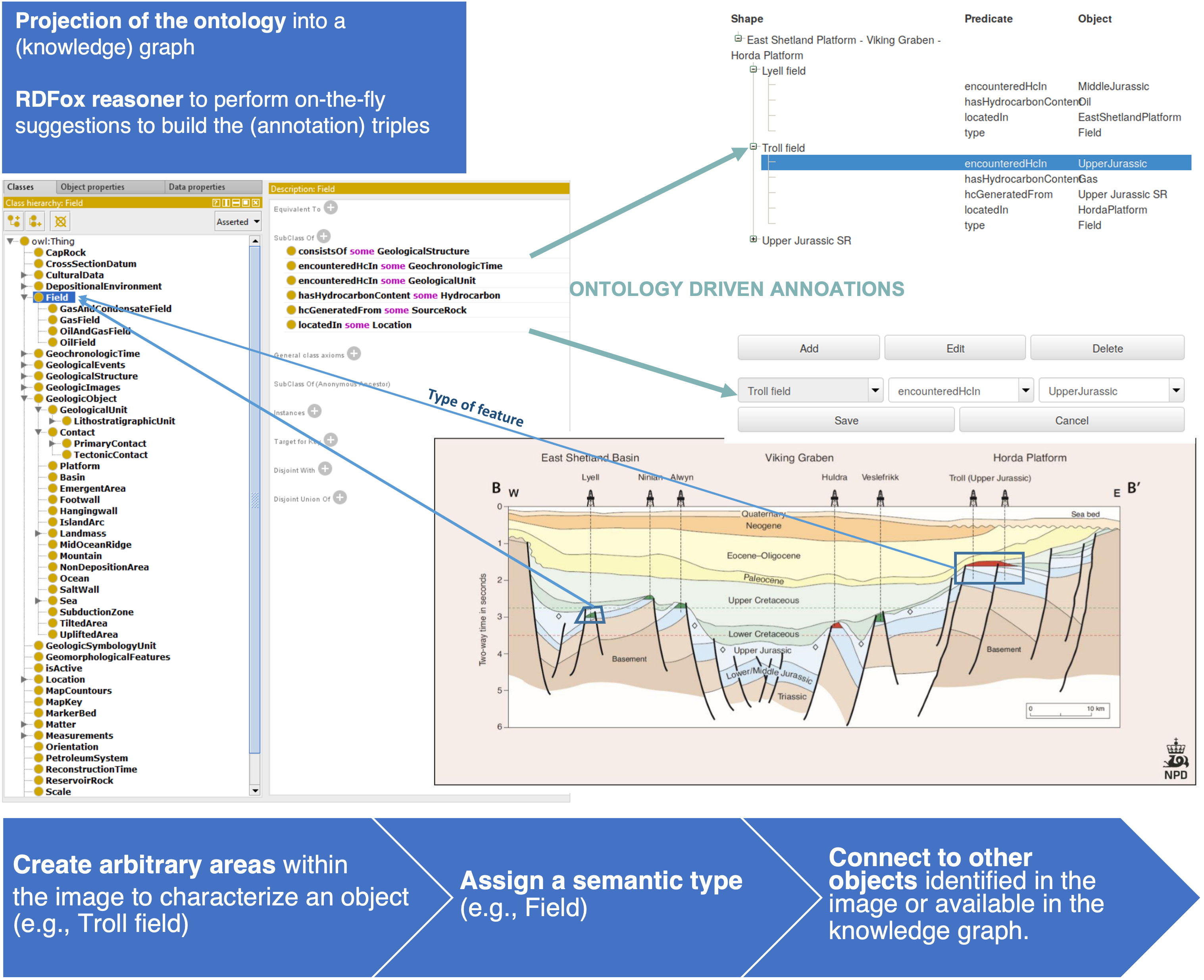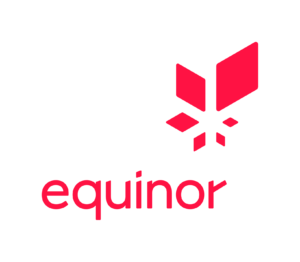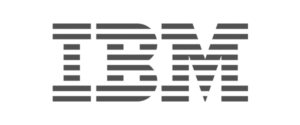SiriusGeoOnto Ontology
We have designed and implemented the SiriusGeoOnto ontology to cover the information embedded in the geological images. SiriusGeoOnto has been modelled in the OWL 2 ontology language using the ontology editor Protégé. SiriusGeoOnto includes the hierarchy of geological periods of time based on the International Chronostratigraphic Chart (v2018/08).
SiriusGeoOnto is publicly available as a Zenodo dataset:
rina Pene and Ernesto Jiménez-Ruiz. SiriusGeoOnto: an ontology tailored to the semantic annotation of geological images. (Version July 2020 – v.1.0) [Data set]. Zenodo. https://doi.org/10.5281/zenodo.3600955
Knowledge Graph Exploration
he generated knowledge graph can be accessed, in a standard way, as a RDF graph via SPARQL queries. To do so we have set up a SPARQL endpoint that can be accessed programmatically (e.g., via Python or Java) or via user-friendly systems like SemFacet and OptiqueVQS that deal with the query generation.
Publications
Ernesto Jiménez-Ruiz, Irina Pene, Oliver Stahl, Adnan Latif, Rogerio Abreu de Paula, Arild Waaler and Jens Grimsgaard. Ontology-driven Knowledge Graph Population for Geological Image Annotation. Submitted to a Journal. 2020.
Marcelo Arenas, Bernardo Cuenca Grau, Evgeny Kharlamov, Sarunas Marciuska, Dmitriy Zheleznyakov: Faceted search over RDF-based knowledge graphs. J. Web Semant. 37-38: 55-74, 2016. [.pdf]
Ahmet Soylu, Evgeny Kharlamov, Dimitry Zheleznyakov, Ernesto Jimenez Ruiz, Martin Giese, Martin G. Skjaeveland, Dag Hovland, Rudolf Schlatte, Sebastian Brandt, Hallstein Lie, Ian Horrocks. OptiqueVQS: a Visual Query System over Ontologies for Industry. Semantic Web Journal, 2018. [.pdf]
